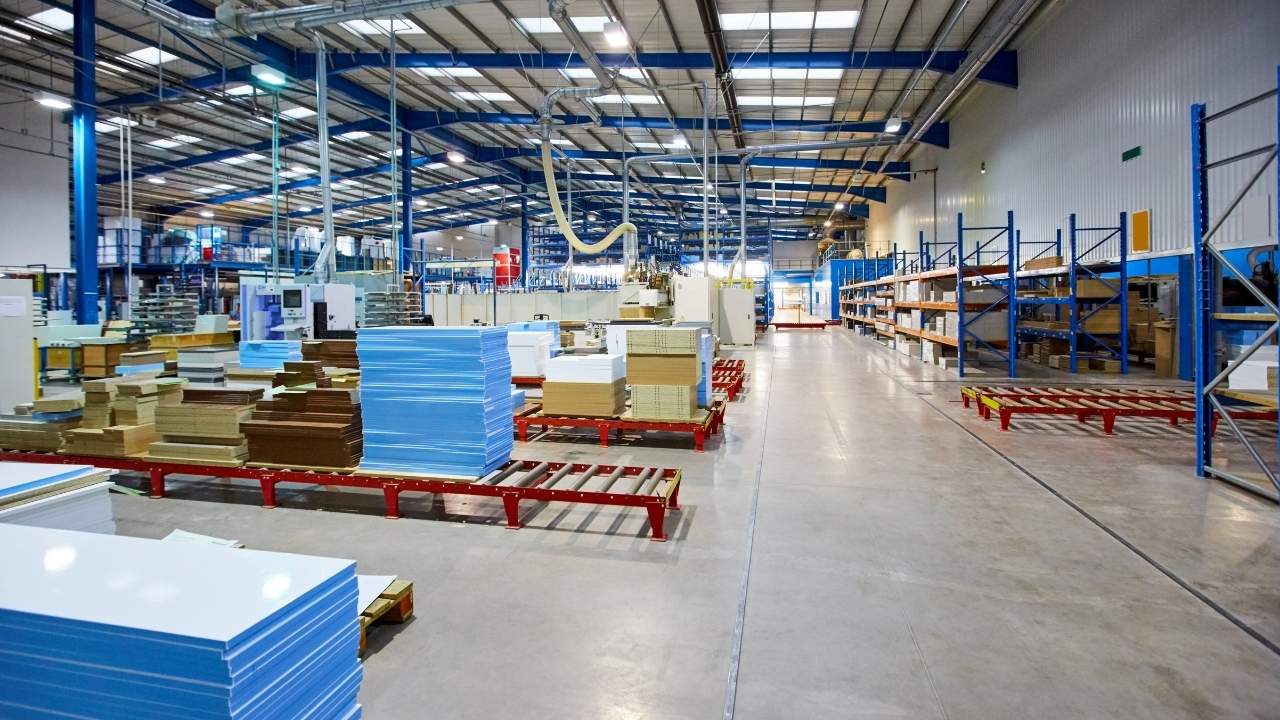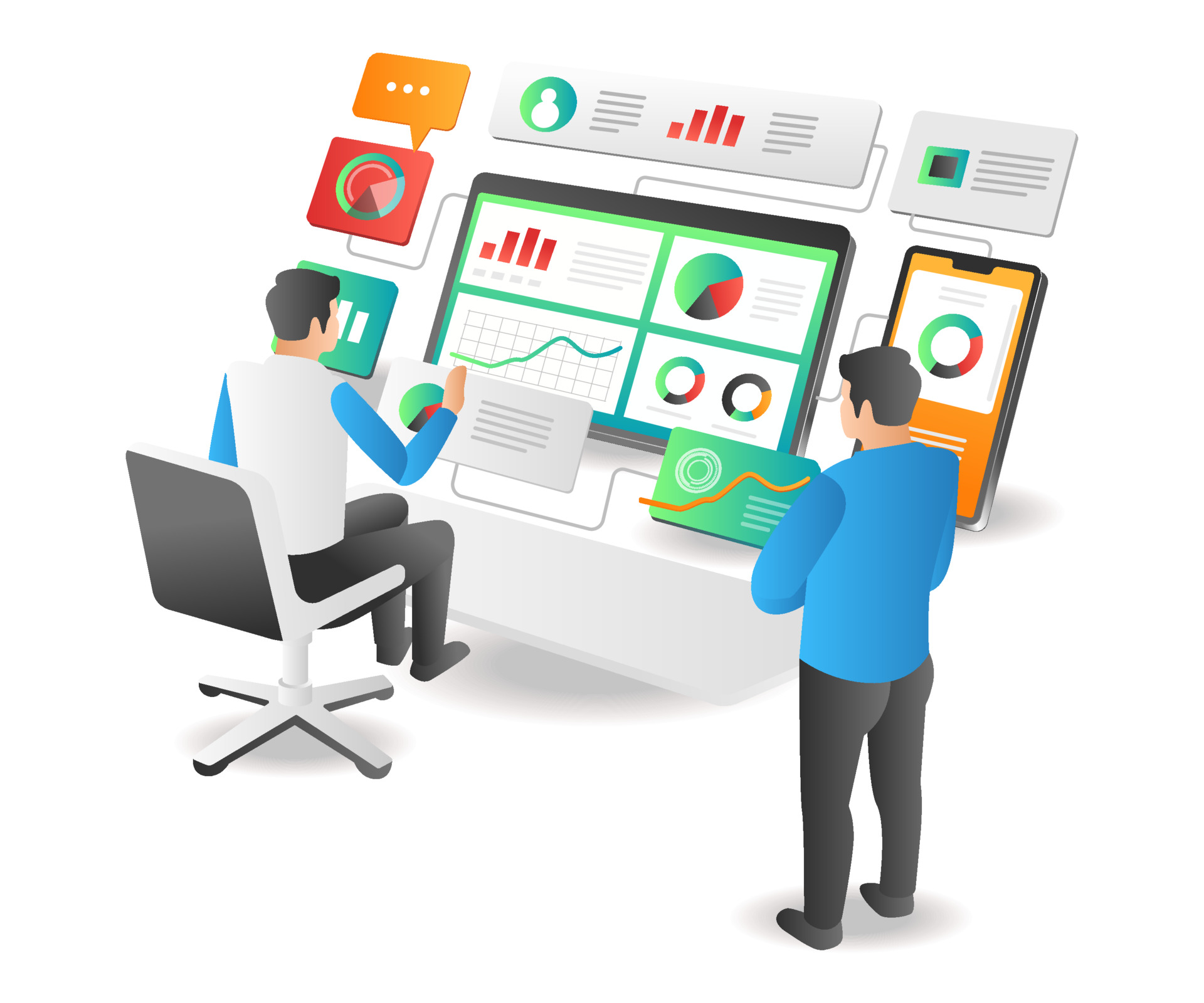Legacy systems and modern ERP Solutions play important roles in today’s business landscape. Many organizations rely on legacy systems built decades ago to handle mission-critical workloads and data. At the same time, modern ERP solutions offer greater flexibility, ease of use, and integration capabilities. Effectively bringing these two worlds together is key for digitally transforming organizations.
This comprehensive guide provides an in-depth look at legacy systems and ERP integration. It covers the benefits of integration, methods to achieve it, challenges involved, best practices, and real-world examples.
Understanding Legacy Systems
Legacy systems refer to old computer systems, software, databases, and other business applications that organizations developed in the past, often going as far back as the 1970s or 1980s. They have several key characteristics:
- Age – Most legacy systems are decades old, built using older technologies prevalent at the time like mainframes, COBOL, etc.
- Criticality – They handle business-critical workloads like core banking, insurance claims processing, inventory control, etc. Replacing them is risky.
- Inflexibility – The monolithic, tightly coupled architecture of legacy systems makes changing or enhancing them difficult.
- Obsolescence – Legacy systems use outdated programming languages, operating systems, databases, etc. Finding skilled resources is challenging.
- Integration Challenges – Built-in isolation, legacy systems have compatibility issues connecting with newer technologies.
While legacy systems remain vital for operations, their age and inflexibility pose challenges for organizations needing to adapt quickly.
Evolution of Modern ERP Solutions
Modern ERP (Enterprise Resource Planning) solutions like SAP, Oracle, and Microsoft Dynamics evolved to integrate key business functions within a unified system:
- Centralized Data – ERP consolidates data across finance, HR, manufacturing, inventory, etc. providing enterprise-wide visibility.
- Configurable Processes – Workflows for operations like procurement, production, and fulfillment can be tailored through low-code platforms.
- Modular Architecture – Loose coupling via APIs and microservices enables the integration of third-party applications with ERP modules.
- Cloud Capabilities – Multi-tenant SaaS ERP solutions scale on demand while lowering hardware costs.
- Intuitive Interface – Web and mobile access provides a modern, easy-to-use experience for employees across roles.
- Real-time Analytics – Embedded BI tools allow data-driven decision-making.
By bringing together data, systems, and processes across the organization, ERP delivers coordinated automation and insights.
Benefits of Integrating Legacy Systems with Modern ERP Solutions
Despite their differences, legacy systems and ERP can complement each other when integrated effectively:
-
Avoiding Costly Replacement
Legacy systems execute specialized functions that would be expensive and risky to replace. The integration allows keeping legacy systems in place while augmenting them with ERP capabilities.
-
Improved Scalability
Monolithic legacy systems have limited capacity to handle increases in transactions, data volume, and users. ERP provides an extensible framework to scale out legacy workflows.
-
Enhanced Data Accessibility
Data trapped in legacy systems gets freed up for enterprise-wide analytics and reporting when integrated with ERP databases. This enables unified insights.
-
Modernized User Experience
Users can leverage ERP’s intuitive web and mobile interfaces to access legacy system data and workflows. This improves productivity across roles.
-
Optimized Processes
Integration enables streamlining workflows that span legacy systems and ERP modules. Automation and real-time data exchange optimize end-to-end processes.
-
Agility and Innovation
Loose coupling through APIs and services enables legacy systems to adapt to changing needs. ERP allows rapidly deploying new capabilities.
Common Integration Approaches Used by Modern ERP Solutions
There are several technical approaches to integrating legacy systems with ERP:
Point-to-Point Integration
- This involves building custom interfaces between two applications, allowing direct data transfer:
Advantages:
- Simple for connecting two systems
- Can handle any data format
Limitations:
- Does not scale across n systems – n(n-1)/2 interfaces needed
- Tight coupling makes modifying systems hard
Enterprise Service Bus (ESB)
- An ESB provides a centralized middleware layer with a common communication protocol:
Advantages:
- Reduces P2P complexity by decoupling endpoints
- Reusable integration logic
Limitations:
- Adds middleware layer and hardware costs
- Governance overhead in larger organizations
APIs and Microservices
- APIs expose application data and functions as modular services. Microservices break monoliths into independent components.
Advantages:
- Loosely coupled, scalable architecture
- Leverages modern integration technologies
Limitations:
- Refactoring may be needed to expose APIs
- Adds API lifecycle management overhead
iPaaS (Integration Platform as a Service)
- Cloud-based solutions with prebuilt connectors, integration tools, and cross-platform support:
Advantages:
- Fast, configurable integration of cloud or on-premise apps
- Pay-as-you-go pricing model
Limitations:
- Potential vendor dependence and cost
- Requires migration to the platform
Integration Challenges with Modern ERP Solutions and a Legacy System
Despite the benefits, some key challenges can arise when integrating legacy systems with ERP:
-
Technical Incompatibilities
Legacy systems use older platforms and protocols while ERP leverages modern tech like APIs and cloud services. Bridging these can require additional middleware.
-
Security Risks
Exposing legacy systems with limited security capabilities to broader networks can introduce vulnerabilities. Additional controls may be needed.
-
Migration Complexity
The stepwise process of migrating legacy data, validating results, testing integrations, and transitioning users can be complicated and time-consuming.
-
Integration Governance
Managing dependencies between connected legacy and ERP systems requires oversight of integration workflows, data formats, release cycles, etc.
-
User Resistance
Getting users who are accustomed to legacy system interfaces and processes to adopt integrated ERP workflows often faces resistance and requires training.
-
Vendor Dependence
Reliance on proprietary legacy technologies or third-party integration tools can lead to vendor lock-in and cost overruns.
Best Practices for Successful Integration between Modern ERP Solutions and Legacy Systems
However, careful planning and execution can help tackle these challenges and realize the benefits of integration:
-
Comprehensive Assessment
Conducting a detailed evaluation of existing infrastructure, interfaces, data models, and integration needs provides clarity for planning.
-
Phased Implementation
A big bang replacement is risky. Executing integration in stages allows testing, gets user feedback, and builds confidence.
-
User Training and Support
Extensive training on new integrated workflows and technical troubleshooting prepares users for the transition and smoothens adoption.
-
API-led Connectivity
Leveraging APIs and cloud services can accelerate connecting legacy systems and ERP through modern integration patterns.
-
Strong Governance
Consistent policies, access controls, data validation, and monitoring ensure quality, security, and compliance across integrated legacy and ERP environments.
-
Future-proofing
Modular architecture and tools like containerization provide flexibility to evolve the integrated landscape incrementally, protecting investments.
Integrate Legacy Systems Seamlessly with Versa Cloud ERP
As we have explored, integrating legacy business systems with modern ERP platforms is imperative yet challenging. While essential for digital transformation, legacy integration requires meticulous planning and phased execution.
Versa Cloud ERP stands out as a purpose-built integrated solution delivering robust core functionalities for inventory, warehouse management, manufacturing, and financials. Its cloud-native architecture seamlessly connects legacy systems as well as CRM, e-commerce, 3PL, and other critical applications.
With Versa, organizations gain complete supply chain visibility, accelerate cycle times, enable data-driven agility, and facilitate growth. The platform requires no complex on-premise deployment. Versa’s ease of use, flexibility, and rapid return on investment makes it ideal for manufacturers and distributors to transform legacy workflows. To experience Versa Cloud ERP’s capabilities and legacy integration advantages firsthand, we encourage business leaders to schedule a personalized demo. Seeing the platform in action showcases how seamless integration can help unlock efficiency, insights, and innovation across legacy and modern systems. Contact our team today to arrange your free personalized demo.
ERP systems are fundamental to the efficient management of a modern supply chain in the manufacturing sector. By integrating various business processes, ERP systems streamline operations, enhance visibility, and improve decision-making, making them indispensable tools for manufacturers aiming to stay competitive in today’s market.
Empower your business with the knowledge to navigate the realm of an Integrated ERP solution, specifically tailored to your business needs. Gain insights, streamline processes, and propel your financial management to new heights with this comprehensive guide
With Versa Cloud ERP’s Implementation guide learn how a business can ensure a successful ERP Solution Implementation. Navigate the complexities of implementation with confidence!
Effectively manage your financials, accounting, inventory, production, and warehouse management workflows with our award-winning ERP.
Let Versa Cloud Erp’s do the heavy lifting for you.
[widget id=”custom_html-40″]
[widget id=”custom_html-42″]
[widget id=”custom_html-30″]
Do Business on the Move!
Make your businesses hassle-free and cut the heavyweights sign up for the Versa Cloud ERP today!!
Join our Versa Community and be Future-ready with us.






